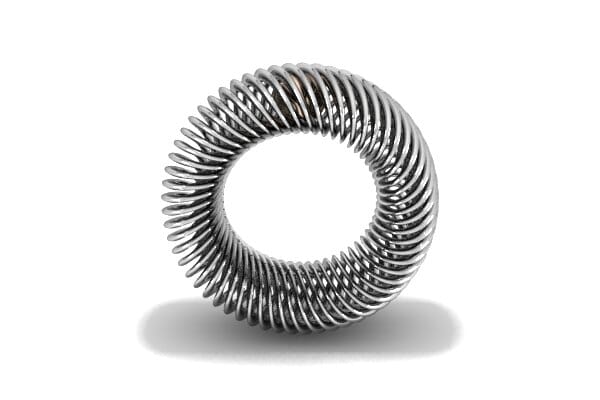
I mentioned in my last post that once a garment has been graded up/down two sizes, the patterns must be re-drafted (ie the process needs to restart) to be able to take the garment into further sizes successfully. But I’ve realised that this is could be a huge part to do with how garments are being graded so badly. It’s all about the camera angle, poses and marketing. This goes for the smaller models too, who may appear to be curvy when modelling bikinis for example, but are still a 24” waist and tiny hips. Despite the ‘curve’ or ‘plus size’ movement, these women still have a very smoothed down figure with a defined waist. I came across some beautiful images of women with fat rolls and undefined waists, and it became evident that there is still such a reluctance to show real women’s bodies in clothing (or lack of). This pushed me to start researching into the average size specifications of British women, and comparing them against the unrealistic body image that the media portrays. I’m looking forward to putting these patterns and my Clo3D skills to the test next week when I simulate the base size (size S) and then begin to grade the patterns in line with my size specification using Gerber Accumark. This is something that I really didn’t expect to have the chance to do as an undergraduate and I’m hoping that having knowledge in this area will make formulating my own garment size specifications from scratch much easier.
#CLO3D SPINER HOW TO#
I have learned the standard rules for grading garments and how to adapt these for dual size increments (S/M/L as oppose to UK 6-8-10). I’ve become hugely absorbed in size specifications and body proportions over the past few weeks so being able to review and alter a size specification for a real garment just made all of those elements click into place.

The other area that I’ve looked at this week is reviewing the size specification for the Sailing jacket which will be virtually simulated as part of the final outcome for this project (curtesy of Grace Rudge – FDT Graduate 2019). Grace Rudge – technical portfolio Sailing Jacket.

I have tried to simulate the test fabric to the best of my ability and am currently trialling the sailing jacket in this fabric, but I’m unsure as to how I will successfully simulate the final fabrics. Because Clo is such a design-based software, there are few units provided when inputting the fabric properties (there are many sliders that can alter the value of each property – but these are not clearly correlated to numeric values). However, despite obtaining accurate results from the testing, it proved almost impossible to form a correlation between these numeric results and the specifications of Clo3D. I found that the testing itself was very straight forward to do, as I am familiar with lab-based textile testing and can easily follow algebraic formulae to work out the results in line with the given units. I trialed the method using a standard polycotton suiting fabric, then input these test results into Clo3D to simulate the fabric as best as I could.

Although originally developed for testing lightweight suiting fabrics, it can be used across a range of fabrics. On Wednesday I spent the morning in the textile testing lab (in Manchester Fashion Institute) and was introduced to FAST, a method of textile testing developed in Australia for quick testing of textile materials.

Arranging and sewing Sailing jacket pattern pieces in Clo3D


 0 kommentar(er)
0 kommentar(er)
